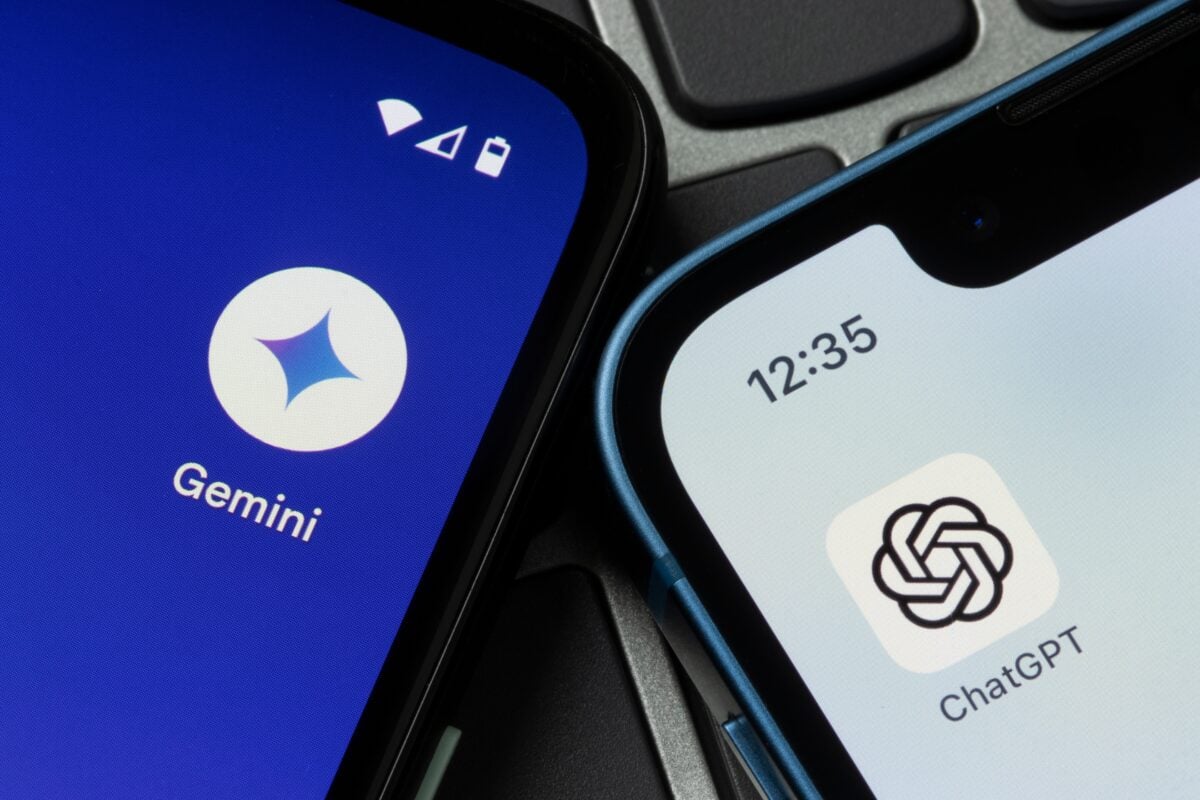TLDRs:
- Amgen has dropped Copilot for ChatGPT in most workflows, citing superior usability.
- ChatGPT’s consumer-friendly design is helping it outpace Microsoft in enterprise settings.
- The AI platform now sees over a billion daily searches, reshaping search behavior and office work.
- Growing tensions between OpenAI and Microsoft highlight an evolving, uneasy partnership.
OpenAI’s ChatGPT is rapidly becoming a fixture in corporate workflows, marking a significant shift in the landscape of enterprise artificial intelligence.
In a move that reflects the growing traction of standalone AI tools, biopharmaceutical giant Amgen has transitioned from Microsoft’s Copilot to ChatGPT as its preferred AI assistant for company-wide use. This development signals mounting tensions in the collaboration between Microsoft and OpenAI, even as both firms continue to push boundaries in enterprise AI adoption.
Amgen’s switch reveals user preference
The decision by Amgen to roll out ChatGPT across its 20,000-employee organization follows a year-long experiment with Microsoft’s Copilot. While Copilot remains active within the company’s use of Microsoft applications such as Teams and Outlook, the broader shift to ChatGPT stems from usability advantages and strong employee feedback.
According to Sean Bruich, Senior Vice President at Amgen, workers found ChatGPT more effective in everyday tasks, particularly in research and summarization. This preference underscores the rising demand for intuitive tools that mirror consumer experiences, rather than rigid enterprise bundles.
OpenAI reshapes enterprise adoption
OpenAI’s success with ChatGPT in corporate environments reflects a larger trend: the consumerization of enterprise software. Similar to how tools like Slack, Zoom, and Dropbox gained footholds by winning over individual users first, ChatGPT has spread organically within companies thanks to its conversational design and wide integration options.
While Microsoft focuses on deep embedding within its 365 suite, ChatGPT offers versatility by connecting with thousands of third-party tools through platforms like Zapier. This flexibility appeals to organizations managing diverse tech stacks and looking for best-in-class solutions rather than tightly bound ecosystems.
Record usage accelerates OpenAI’s momentum and rivalry
This momentum is not limited to office adoption. ChatGPT’s growth across all user segments has reached eye-watering levels. According to recent data, it now processes over one billion searches per day, a pace more than five times faster than what Google achieved during its early years. Countries like India, the U.S., and Indonesia are driving this global surge, and user engagement has deepened significantly.
Sessions now last three times longer than they did two years ago, reflecting growing trust in the AI’s ability to deliver fast, personalized answers. This behavioral shift is fueling OpenAI’s revenue through paid subscriptions while enabling the company to reinvest in tools that expand ChatGPT’s reach, like DeepSearch and voice-enabled mobile interfaces.
The rivalry between OpenAI and Microsoft, once framed as a strategic partnership, is now defined by increasing overlap. Microsoft continues to develop Copilot as part of its integrated productivity offerings, but OpenAI is increasingly carving its own lane. The emergence of overlapping services has complicated their alliance, making the boundaries between partner and competitor ever blurrier.






